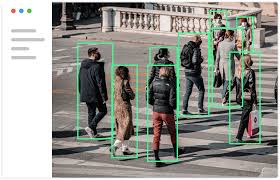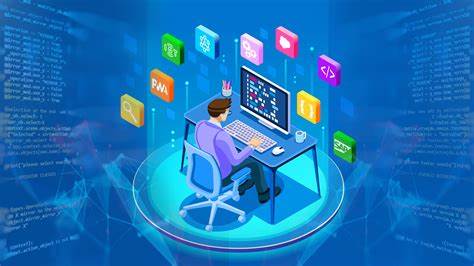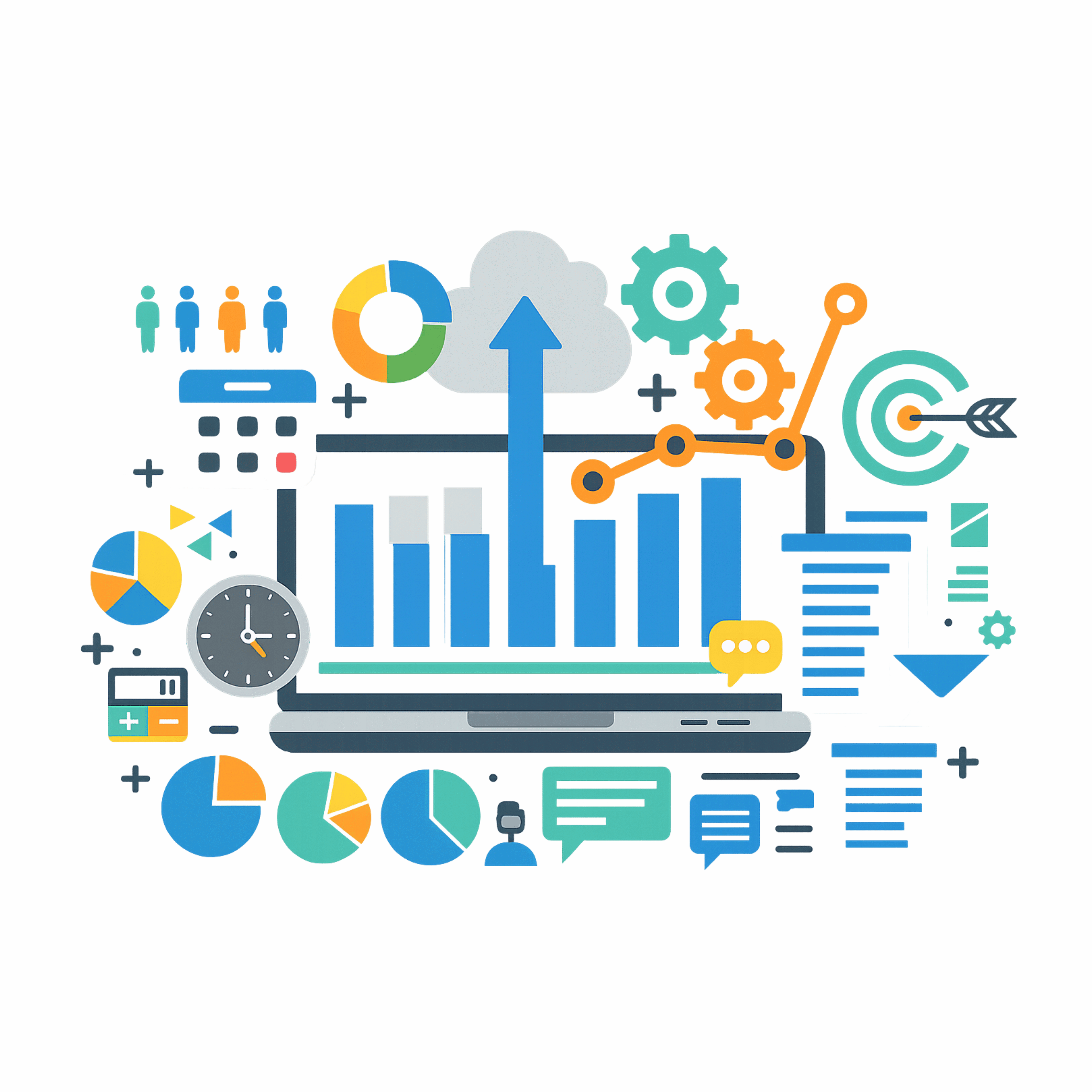Human And Computer Vision
This area of artificial intelligence involves giving computers "vision" so they can perceive and understand images, much like people do. We create models that can analyze images and videos and extract meaningful insights from them.


